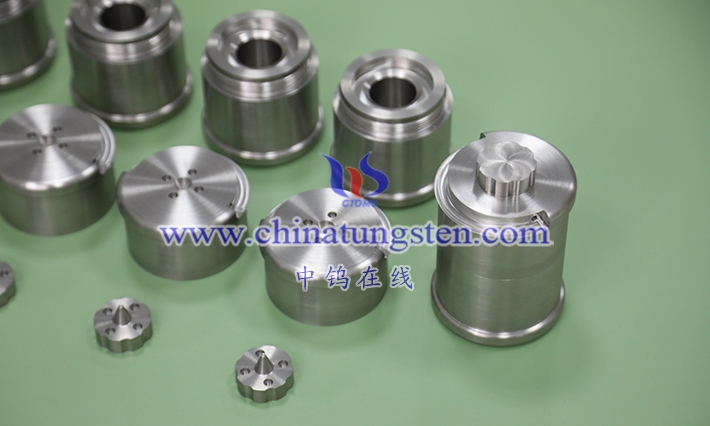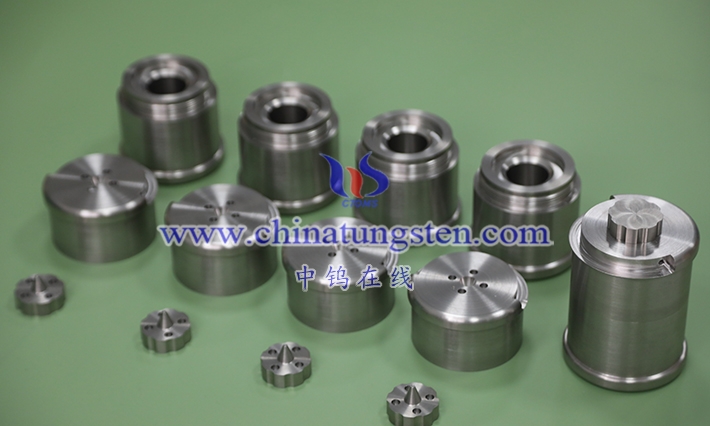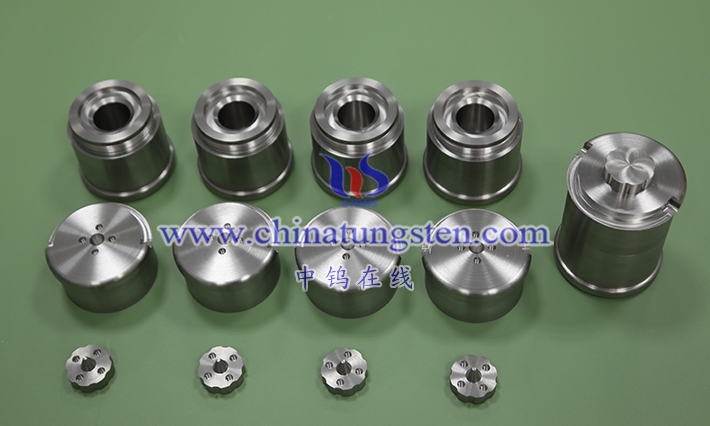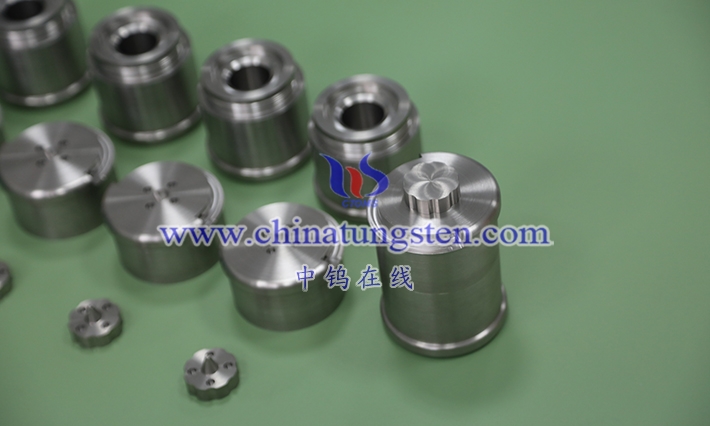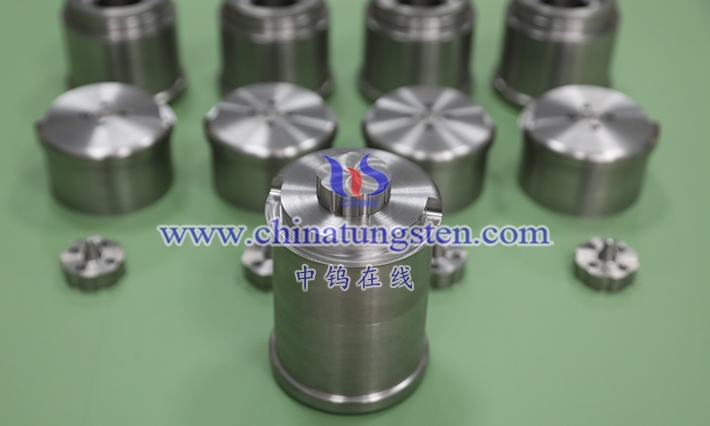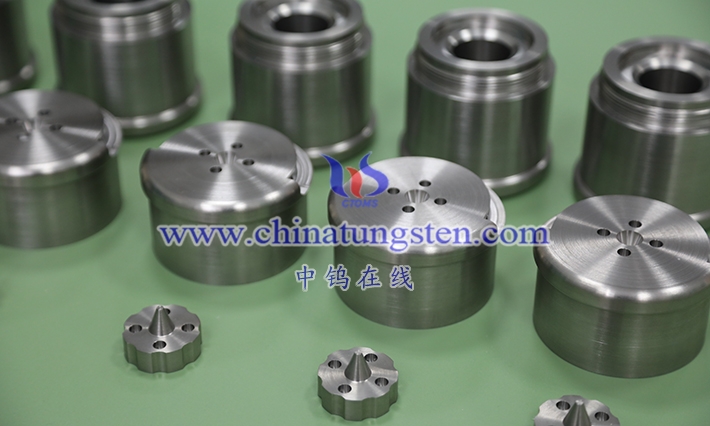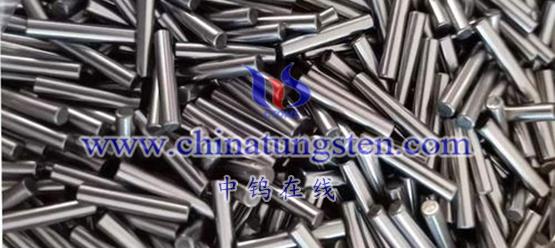
The mechanism of fatigue crack initiation and propagation in high-density alloys is a complex process involving many factors, including the mechanical properties of the material, stress level, number of cycles, temperature, humidity, etc. Here are some of the main factors:
- Microscopic defects: Microscopic defects such as pores, inclusions, and grain boundaries may exist in high-density alloys. These defects will produce stress concentration under the action of stress, leading to the initiation of tiny cracks.
- Stress concentration: When high-density alloys are subjected to repeated stress, the local stress may be too large or too small, resulting in stress concentration. This stress concentration will accelerate the initiation and propagation of fatigue cracks in the material.
- Cyclic stress: Under the action of cyclic loads, high-density alloys will produce tiny deformations and displacements, resulting in tiny cracks on the surface. As the number of cycles increases, these tiny cracks will gradually expand and eventually lead to material fatigue failure.
- Temperature and humidity: Temperature and humidity will also affect the initiation and expansion of fatigue cracks in high-density alloys. For example, an increase in temperature accelerates the material’s creep and relaxation processes, thereby increasing the risk of crack initiation. Humidity may promote crack growth, especially in humid environments.
- Material mechanical properties: The hardness, toughness, elastic modulus and other mechanical properties of high-density alloys will also affect the initiation and expansion of cracks. For example, harder materials generally have better fatigue resistance, while tougher materials may be more susceptible to micro-cracks.
In general, the fatigue crack initiation and propagation of high-density alloys is a complex process involving multiple factors. In order to reduce the risk of crack initiation and delay its expansion, it is necessary to comprehensively consider the mechanical properties, stress level, number of cycles, temperature, humidity and other factors of the material, and take corresponding measures to optimize its performance and durability.
More details of tungsten alloy product, please visit website: http://tungsten-alloy.com/
Please contact CHINATUNGSTEN for inquiry and order of tungsten carbide:
Email: sales@chinatungsten.com
Tel.: 86 592 5129595
